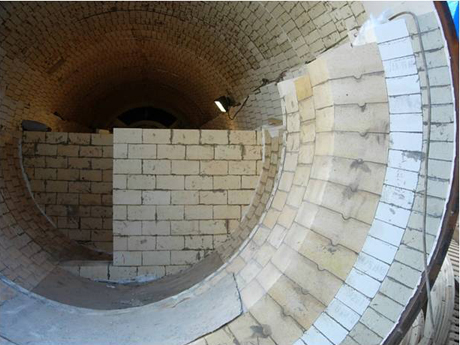Preventative Maintenance Checklist for Your Refractory Linings
We all know that it’s a good idea to perform routine maintenance on important machinery – both in our manufacturing facility and in our personal lives.
You change the oil in your car, right?
I know that not everybody changes their oil every 3,000 miles, but for those of you that were driving back in the 1970s and 1980s, did you change your oil as often as you do now?
Most of us didn’t, and a main reason for our change in behavior came from all the advertising reminding us of the importance of changing our oil. Credit some of our improved car maintenance to the Jiffy Lubes and Grease Monkeys of the world who spent the heavy advertising dollars to educate us.
Awareness works.
Whether it’s every 3,000, 5,000 or 10,000 miles, your car needs its oil changed, along with a routine inspection and replacement of a number of the moving and insulating parts. It not only protects the investment you’ve made in your car, it’s a safety precaution.
The same analogy is relevant for the refractory in your industrial furnace.
Recommended Maintenance for Refractory Linings

Different types of refractory lined equipment require different maintenance schedules. Unfortunately, the recommended maintenance activities and time intervals aren’t as simple as the 3 months/3,000 miles oil change recommendation.
The best advice is to have a refractory engineer perform a physical inspection of your heat processing equipment and create a customized maintenance plan for your refractory type and installation method.
If it sounds like a lot of work, compare that to the cost of a plant shutdown for emergency repairs! (And, we will be happy to provide free inspections, if you like. Contact us to schedule – it’s a small commitment that’s worth it ten times over.)
Although some industrial furnace equipment is designed and engineered to stay on-line for longer campaigns, here are some general guidelines for most industrial furnaces.
- If possible, schedule downtime for your refractory-lined equipment to regularly inspect the lining – once per year if possible.
- If you know you’re going to take your refractory-lined equipment off-line for other maintenance or repairs, contact us to schedule an inspection of the refractory during this time.
- If your refractory-lined equipment comes down unexpectedly, and you can safely do so, call us to schedule an inspection of the refractory.
Refractory maintenance might not be something your engineering team currently has a detailed plan for, but we can’t emphasize its importance enough. We’ve seen too many instances where a catastrophic failure could have been prevented by routine maintenance.
Again, feel free to contact us to talk about a custom schedule for your facility.
Comments are closed.

